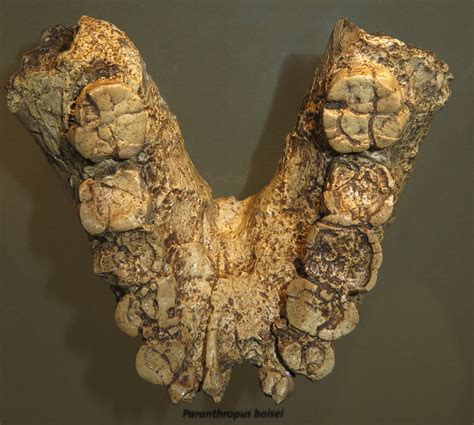Some of the most intriguing mysteries about our ancient ancestors revolve around what they ate. Picture this: early human predecessors, walking on two legs, may have been munching more on leafy greens rather than juicy steaks. It’s a captivating thought that sheds light on the dietary habits of our forebears.
In a groundbreaking study published in Science, researchers delved into the eating habits of Australopithecus africanus, a pivotal link in the human evolutionary chain. These bipedal primates, dating back over 3 million years ago, seem to have favored a primarily plant-based diet. The revelations from this research challenge conventional beliefs about early humans and their meat consumption.
Insights from Teeth
To uncover these dietary secrets locked away in time, scientists meticulously examined fossilized teeth from A. africanus individuals found in South Africa’s Sterkfontein caves. By analyzing nitrogen traces within the enamel, researchers could infer the proportion of meat in these ancient diets. Surprisingly, despite living in an environment teeming with potential prey, these early humans did not indulge heavily in mammalian meat.
Geochemist Tina Lüdecke from the Max Planck Institute for Chemistry highlights how diet played a crucial role in shaping human evolution. She explains that transitioning from vegetarian fare to protein-rich foods like meat possibly fueled the development of our cognitive abilities. “These high-quality foods provide us with a lot of energy, which we need to power our huge brains,” says Lüdecke.
The Shift Towards Meat
While it remains unclear precisely when our ancestors made the leap towards consuming more meat regularly, this study adds valuable insights into their culinary preferences. The findings hint at a varied diet for A. africanus but suggest that significant amounts of mammalian meat were not on their menu.
This revelation prompts us to rethink how certain evolutionary traits might have emerged before the shift to a meat-centric diet took place among early humans. Features such as shorter snouts, bipedalism, and adaptation to savanna environments could have preceded this dietary transition—a fascinating perspective that reshapes our understanding of human evolution.
Dietary Diversity and Adaptations
The study also raises questions about other potential food sources for these ancient hominins. While mammalian meat wasn’t a dietary staple for A. africanus individuals, termites—an excellent source of energy—might have been part of their occasional meals due to their lower nitrogen content compared to mammalian flesh.
Lüdecke humorously points out that modern apes are known to fish for termites today; hence it’s plausible that our ancestors did so too! This insight invites us to imagine scenes where early humans might have relished termite feasts amidst their predominantly plant-based diets.
Future Research Horizons
With this foundational knowledge established by studying A. africanus teeth, future investigations can now explore how later human species adapted their diets over millions of years. By applying similar techniques to analyze dental remains from different periods in human history, researchers aim to trace shifts in dietary patterns and unravel how food choices shaped our evolutionary journey.
As we ponder over these revelations about our distant relatives’ eating habits and contemplate how dietary changes influenced human development over millennia, one thing is clear—we owe much gratitude to those who meticulously sift through remnants of prehistoric creatures’ lives etched within fossilized teeth.

